Tag Archives: drones
DJI Neo 2 Debuts with Smarter Tracking and Palm Control
Bwine F7MINI SE Drone: Compact, Powerful, and Affordable
The Bwine F7MINI SE drone combines portability, upgraded technology, and extended flight time, making it a versatile choice for aerial photography enthusiasts.
The post Bwine F7MINI SE Drone: Compact, Powerful, and Affordable first appeared on Trendy Gadget.
Ruko F11PRO 2 Drone: Enhanced Flight and Imaging Features
The Ruko F11PRO 2 drone offers advanced imaging, extended flight time, and smart GPS modes, making it a versatile choice for aerial photography enthusiasts.
The post Ruko F11PRO 2 Drone: Enhanced Flight and Imaging Features first appeared on Trendy Gadget.
The DJI Neo Is Lightweight, Compact, and Ready to Capture Everyday Moments
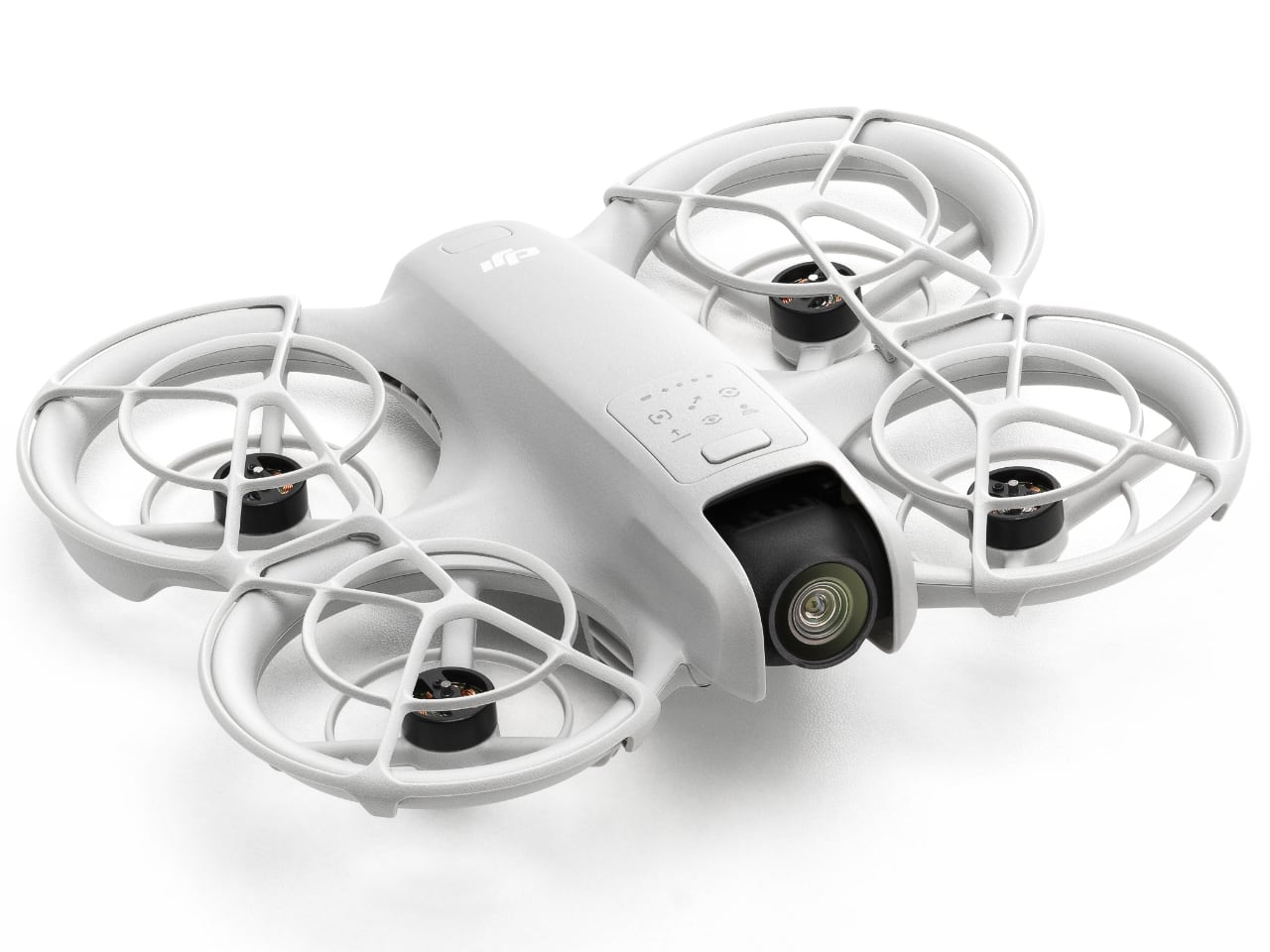
The DJI Neo is the company’s lightest and most compact drone, weighing just under 5 ounces (135g). Designed for casual creators, adventurers, and anyone wanting to capture everyday moments, the Neo combines portability and powerful features, making it ideal for those seeking a simple, efficient way to document their experiences. Its compact form factor means it’s easy to carry and use on the go, offering creators a versatile tool for capturing life’s moments.
Designer: DJI
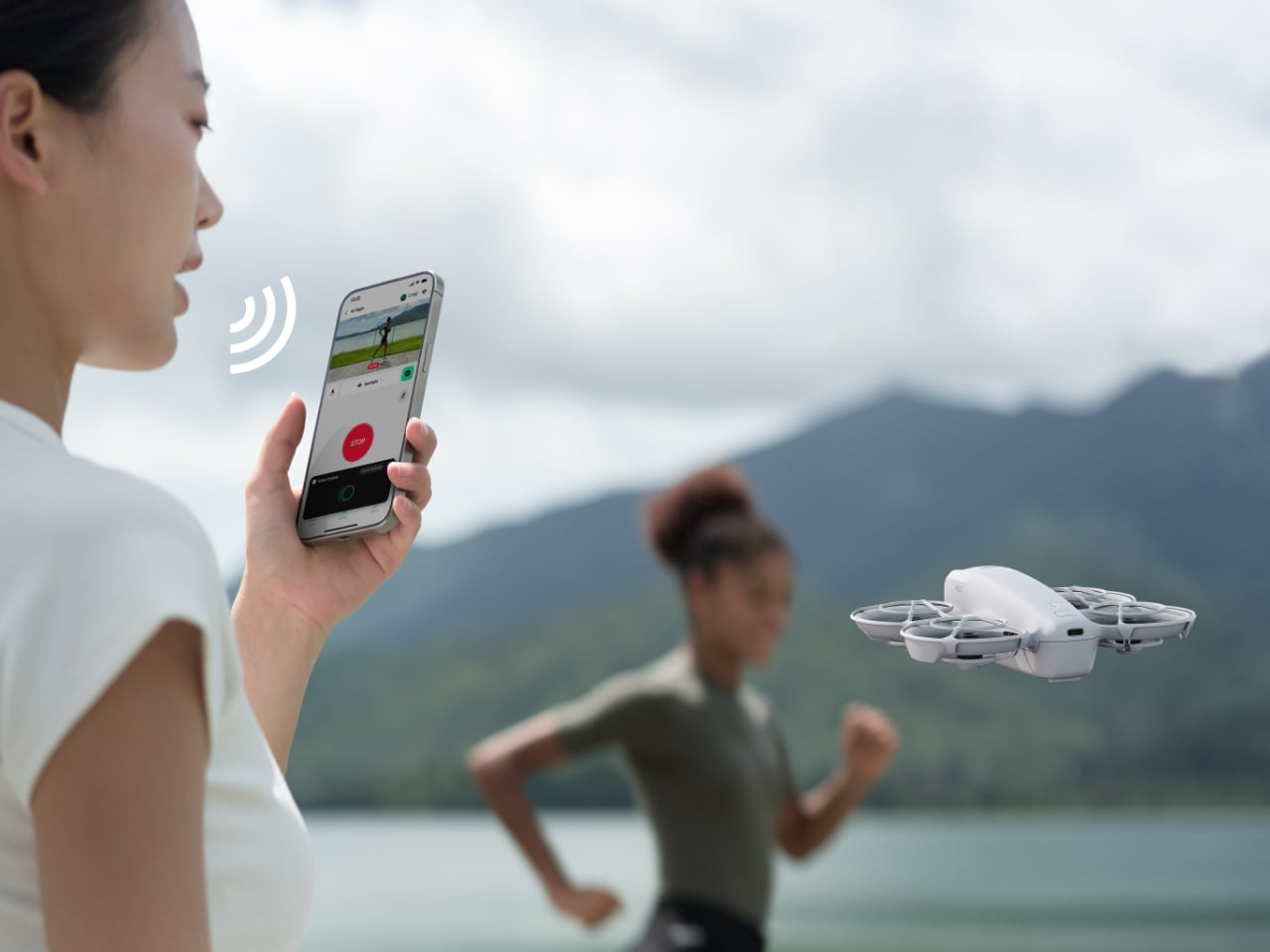
Unlike many drones, the Neo does not require a traditional remote control. Instead, users can take off, fly, and land the drone using a single button. For added convenience, voice commands allow for hands-free operation, making the drone easy to control even in dynamic situations. The drone can be launched and landed directly from the user’s hand, making it highly intuitive for beginners and experienced users. With an 18-minute flight time, the Neo provides ample opportunity to capture spontaneous moments indoors or outdoors, while its compact size means it fits comfortably into any adventure.
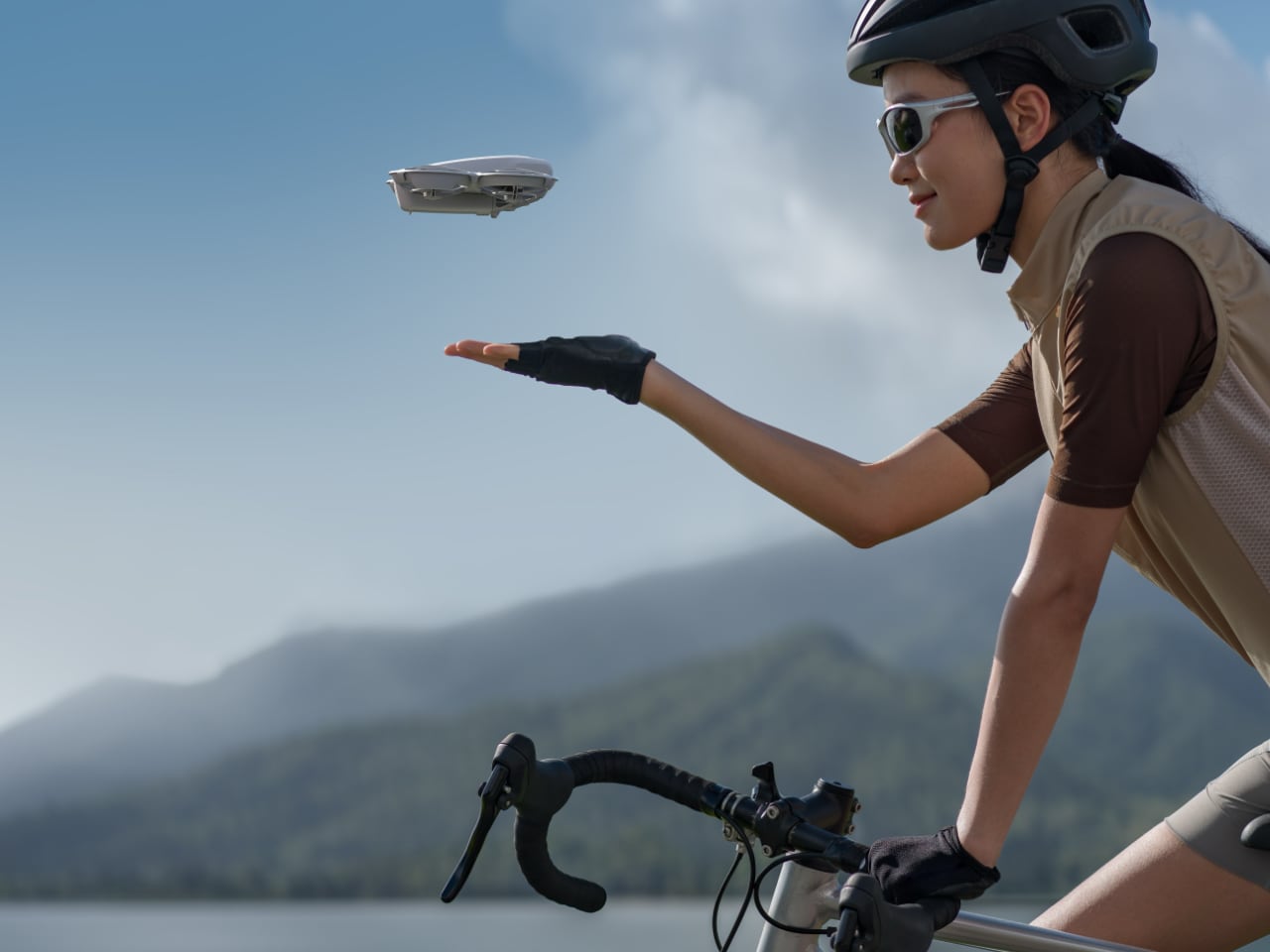
The Neo’s camera capabilities ensure high-quality footage in any situation. Equipped with a 12MP camera, the Neo can capture crisp still images, while its ability to shoot 4K stabilized video adds a professional touch to even casual content. Whether documenting a family day at the park or recording an outdoor adventure, the Neo provides the tools to capture sharp, clear footage quickly.
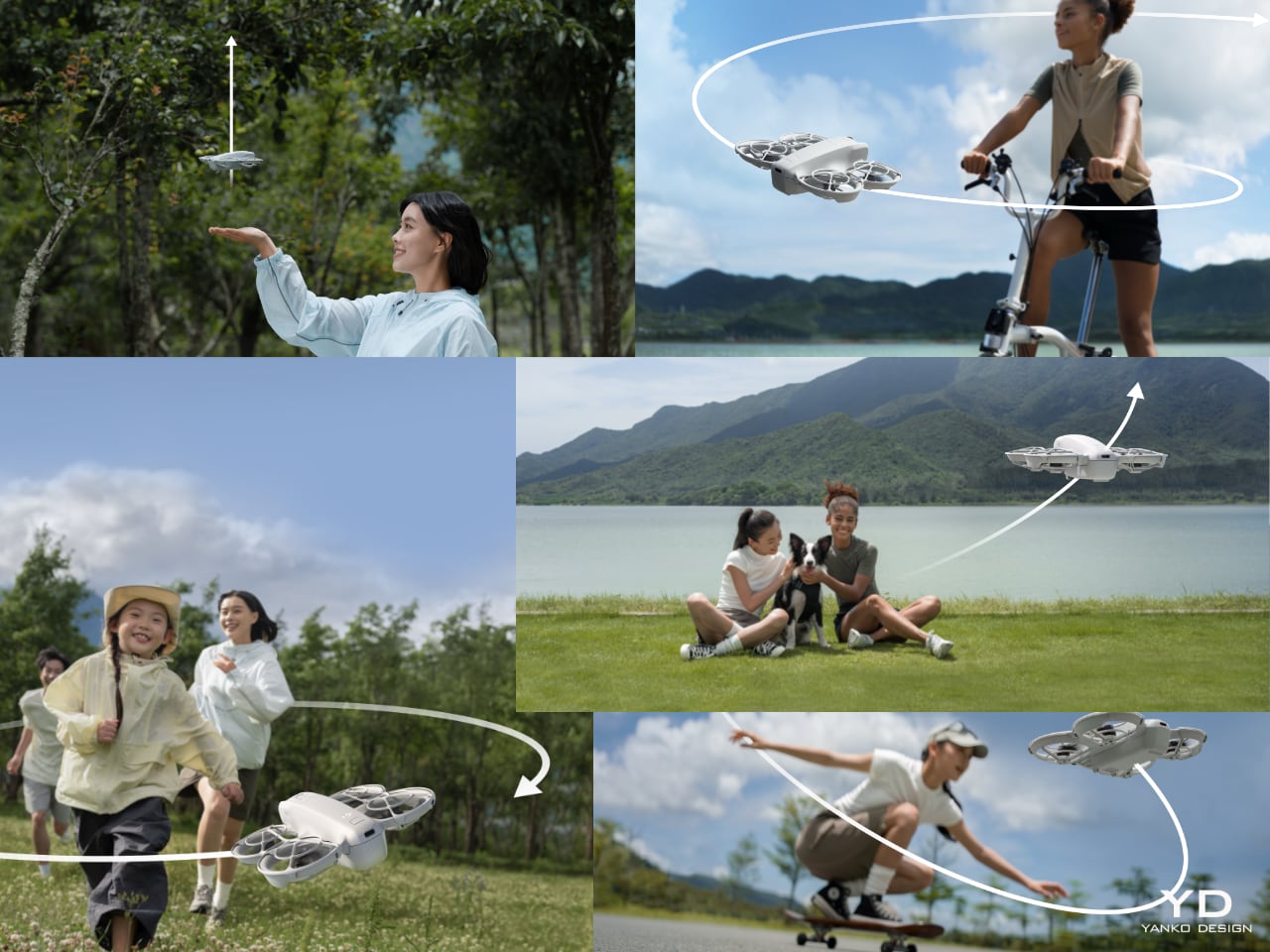
The AI-powered subject tracking feature allows users to focus on their shots without manually adjusting the drone. Whether cycling, skateboarding, or hiking, the Neo’s advanced AI tracking system keeps the user perfectly framed, ensuring smooth, dynamic footage every time. The drone’s six QuickShots modes—Dronie, Circle, Rocket, Spotlight, Helix, and Boomerang—allow users to create cinematic content with just the press of a button. These pre-programmed flight paths and camera angles simplify the creative process, ensuring professional-looking results without the need for advanced piloting skills.
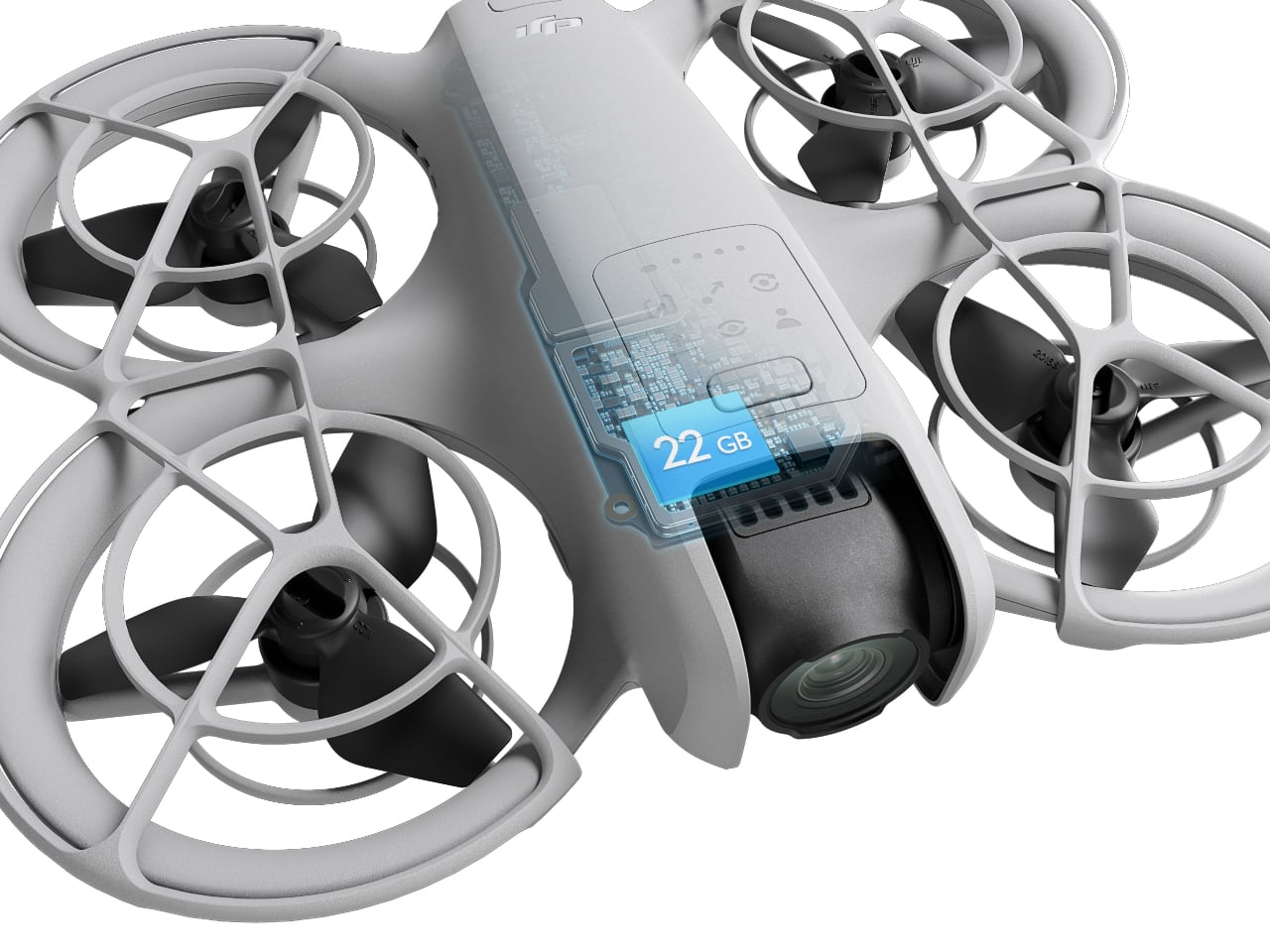
Safety is also a key design focus of the DJI Neo. The drone’s propellers are fully wrapped, protecting it and its surroundings and making it safe indoors and outdoors. The Neo’s 22GB of internal storage allows users to record up to 40 minutes of 4K video at 30fps or 55 minutes at 1080p/60fps. With built-in Wireless QuickTransfer, users can send their footage directly to their smartphones for easy editing and sharing, streamlining the post-production process and eliminating the need for external memory cards or additional cables.
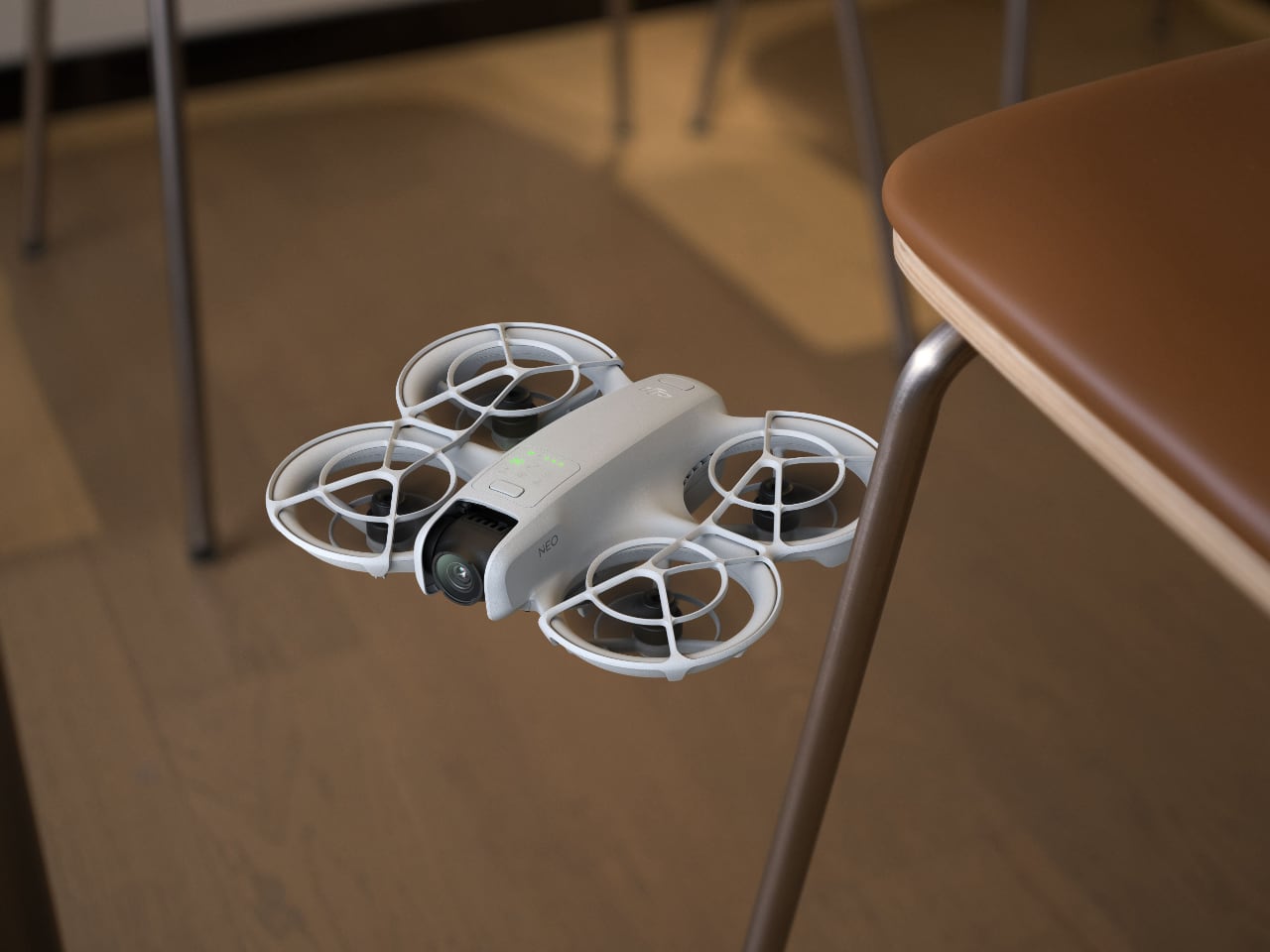
In addition to its camera and safety features, the Neo is equipped with a single-axis mechanical gimbal, ensuring smooth and steady footage even during rapid maneuvers. DJI’s RockSteady and HorizonBalancing technologies further enhance stabilization, reducing shake and ensuring the horizon stays level even in dynamic or fast-moving scenarios. The Neo also uses infrared and monocular vision positioning systems, allowing it to hover steadily and maintain stability in various environments. Users can focus on capturing content, knowing the drone will stay steady without needing constant manual adjustments.
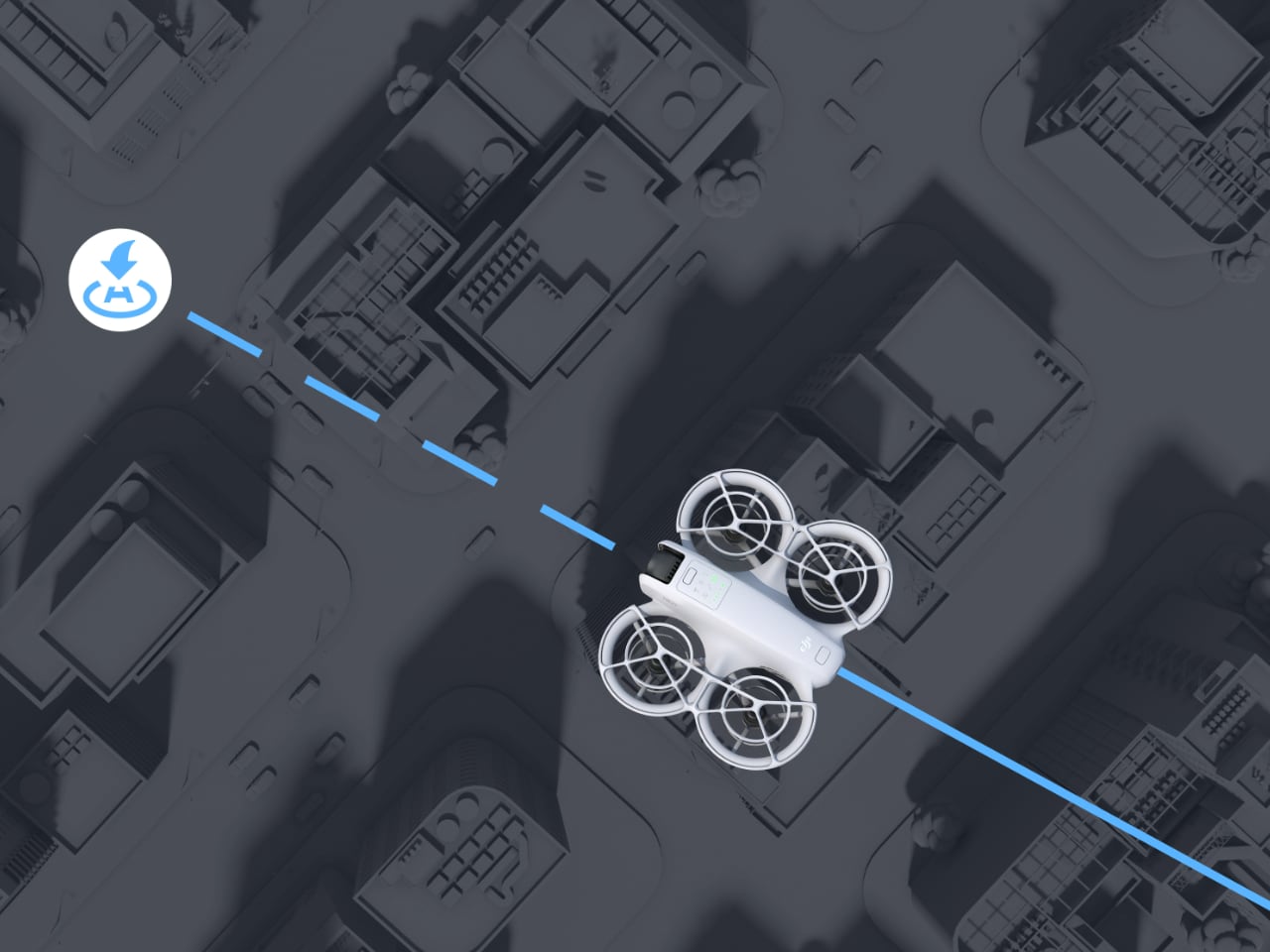
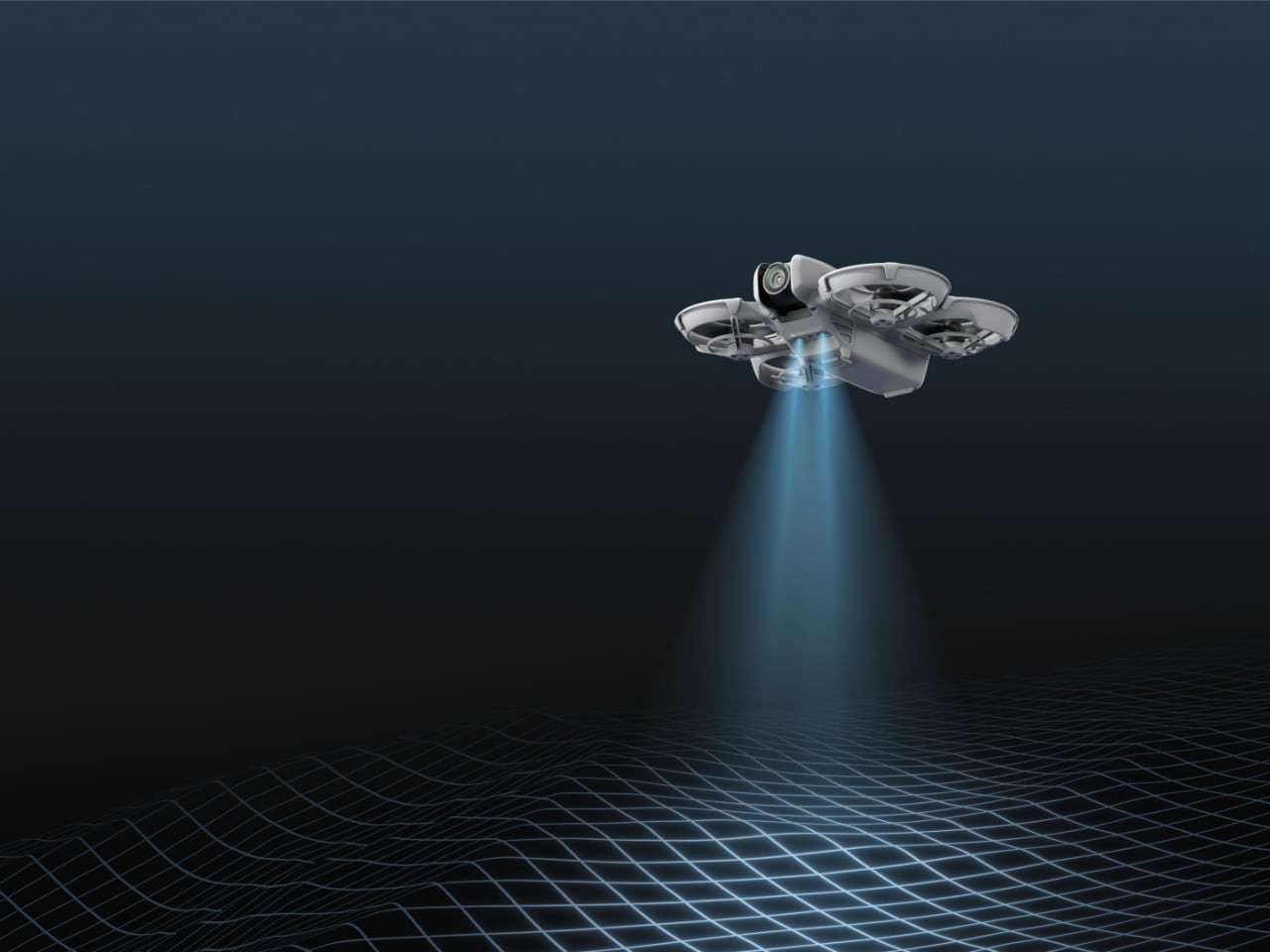
The Neo includes an Automatic Return to Home (RTH) feature for added convenience. This ensures that the drone safely returns to its takeoff point with a single command, providing peace of mind for users who are new to flying drones. Whether capturing footage in open spaces or more challenging environments, the RTH feature ensures the drone’s safe retrieval, adding an extra layer of security to the flying experience.
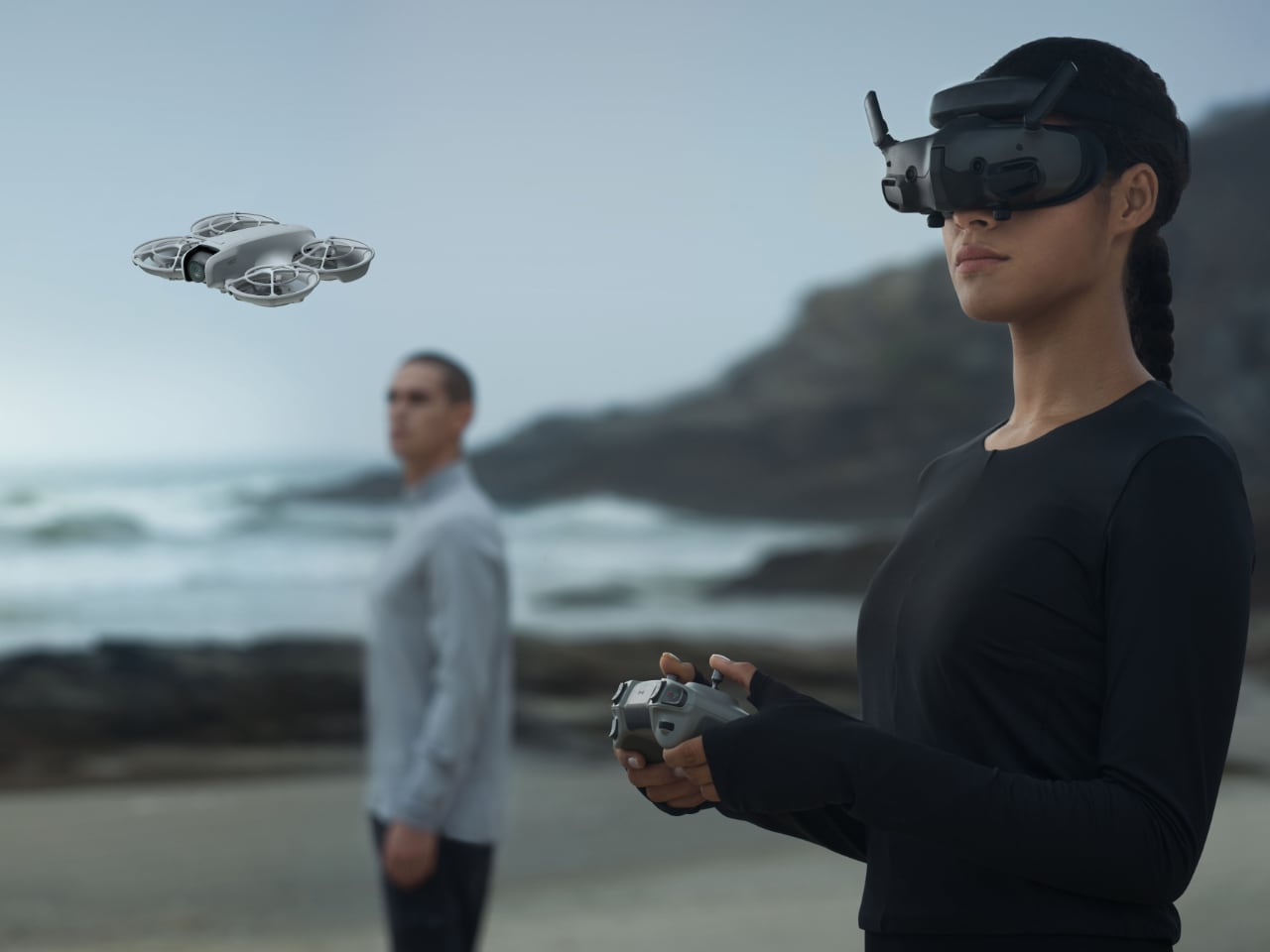
DJI NEO FPV Control
Charging the Neo is made easy with its Type-C charging port, which allows for quick recharges between flights. For extended use, DJI also offers a Two-Way Charging Hub that can charge up to three batteries simultaneously, reducing downtime and ensuring users can stay in the air longer. The Neo’s flexible design also makes it compatible with the DJI Fly app, traditional remote controllers, DJI Goggles, and RC Motion, giving users a range of options for controlling the drone based on their personal preferences.
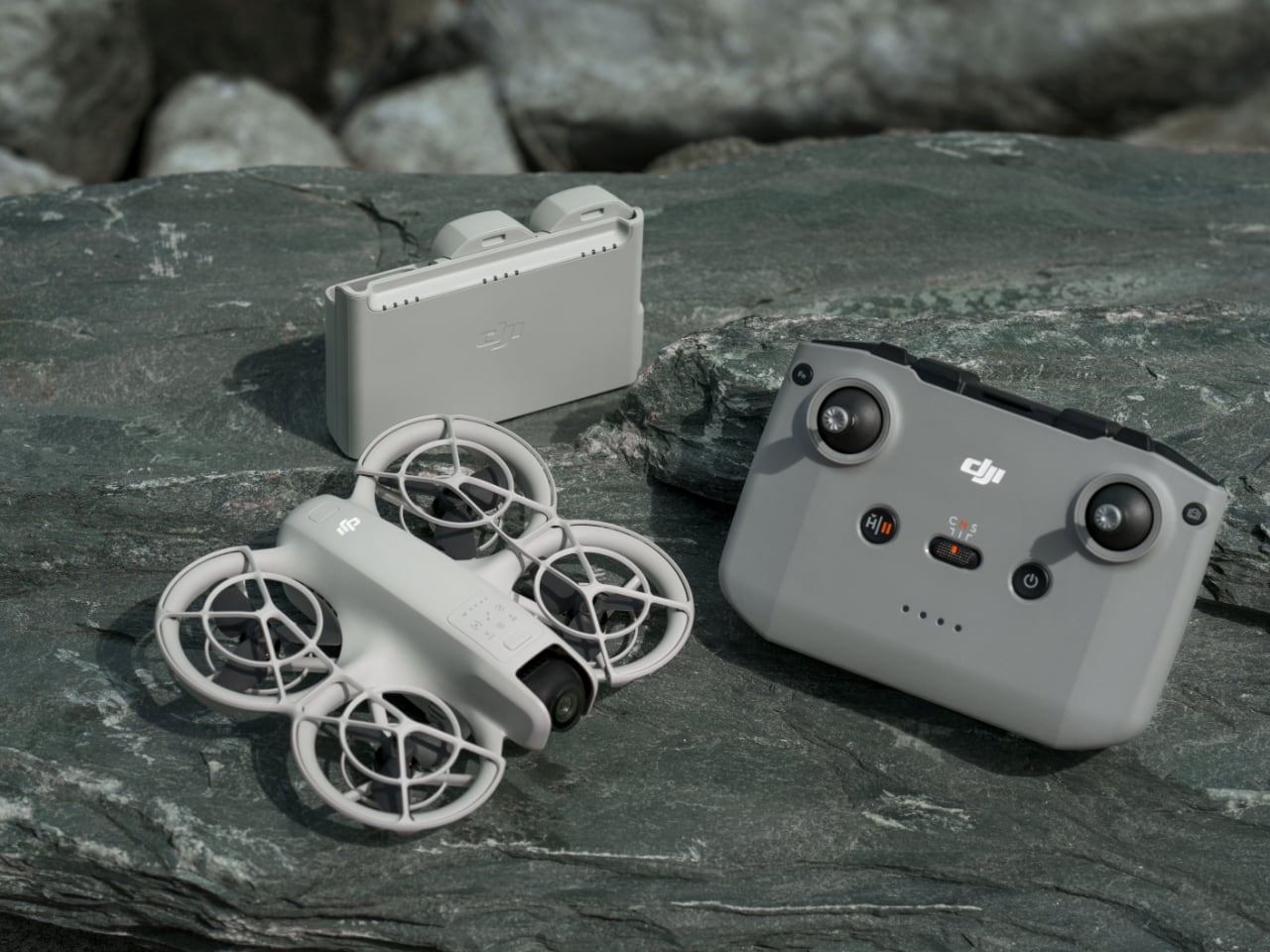
The DJI Neo is designed to make aerial content creation accessible to everyone. Its lightweight and compact form, advanced features like AI-powered tracking, QuickShots modes, and high-quality video capture make it a versatile tool for capturing life’s moments. Whether you’re documenting family outings or outdoor adventures or simply looking to add a cinematic touch to your daily experiences, the Neo provides the perfect balance of portability, performance, and ease of use.
The post The DJI Neo Is Lightweight, Compact, and Ready to Capture Everyday Moments first appeared on Yanko Design.
Meet Starling 2 & 2 Max: Next-Gen Drones for Epic Flight
Starling 2 and Starling 2 Max are groundbreaking drones with impressive flight times, advanced AI tech, and unmatched autonomy for indoor and outdoor use.
The post Meet Starling 2 & 2 Max: Next-Gen Drones for Epic Flight first appeared on Trendy Gadget.
DJI Avata 2: A Dive into the Next-Gen FPV Drone
What is the DJI Avata 2?
The DJI Avata 2 is an advanced first-person view (FPV) drone designed for immersive flying experiences. It represents the next step in DJI’s drone technology, providing a mix of improved features over its predecessor, the original Avata. Notable for its lightweight design, quieter flight, and enhanced camera capabilities, the Avata 2 is aimed at both drone enthusiasts and those looking to delve into the world of immersive aerial photography and videography.

Who is it Targeted At?
The DJI Avata 2 is particularly appealing to tech enthusiasts, hobbyist drone pilots, and content creators who value immersive experiences and high-quality video capture. Its design and features cater to both beginners and experienced pilots, offering easy-to-use functionalities alongside advanced flying capabilities for more thrilling maneuvers and video captures.
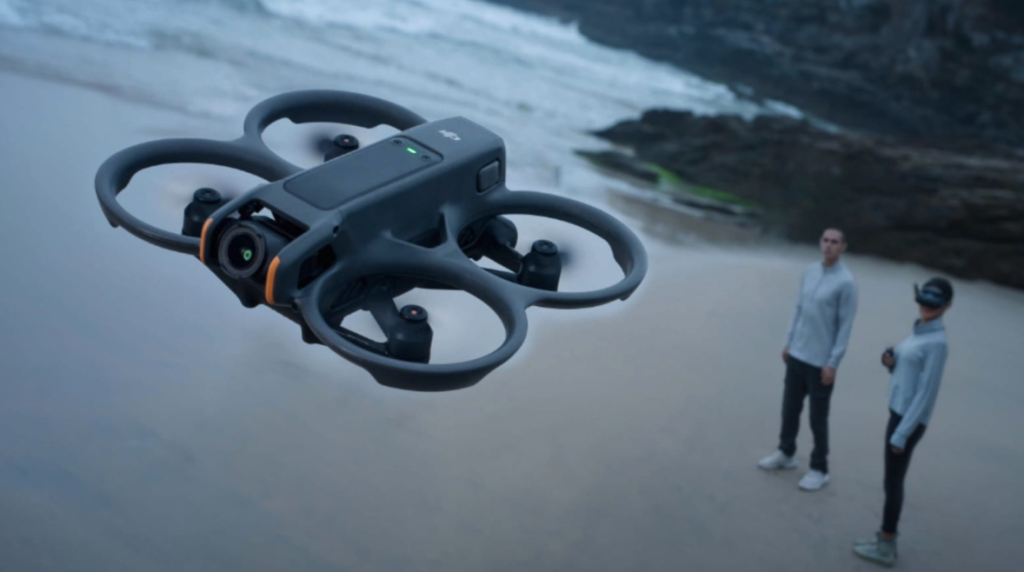
Similar Products
Competitors in the FPV drone market include other DJI models like the DJI FPV and DJI Mavic series, as well as drones from manufacturers such as Yuneec and Parrot. These drones also aim to provide users with a mix of high-quality video capabilities and unique flying experiences. However, the Avata 2 stands out with its specific enhancements in noise reduction, flight stability, and integrated safety features.
Things to Consider
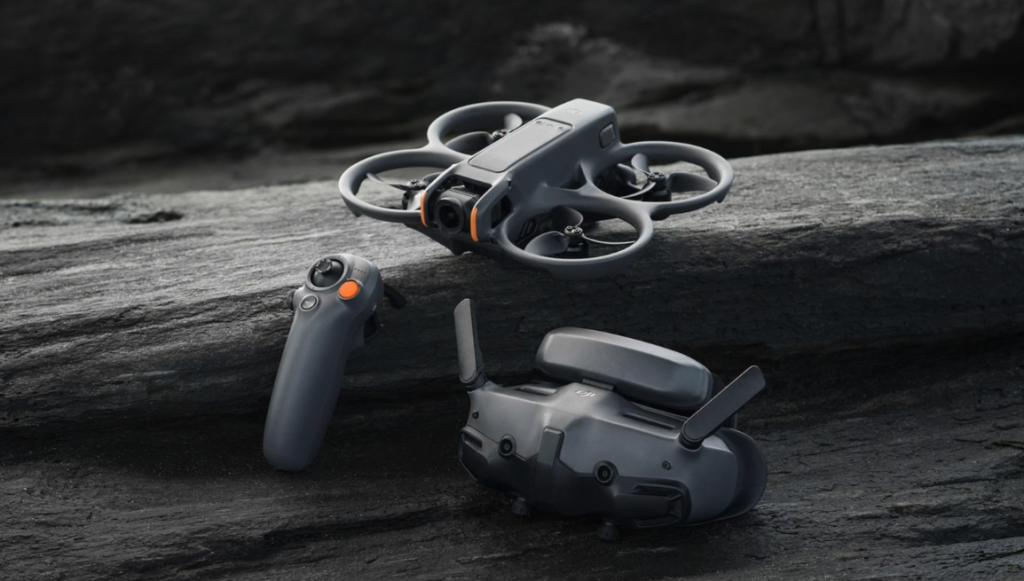
When considering the DJI Avata 2, potential buyers should evaluate:
- Price and Value: The Avata 2 is positioned at a premium price point, reflecting its advanced technology and features. It’s important to consider whether the price aligns with your specific needs and usage intentions.
- Flight Performance: With its enhanced quieter performance and longer flight time up to 23 minutes, the Avata 2 offers significant improvements over its predecessors. It supports fast charging and has a new two-way charging hub that optimizes battery usage across multiple batteries.
- Camera Quality: While it provides a substantial improvement in image quality with a 1/1.3-inch sensor and supports 4K video recording, the Avata 2 is noted for not being a professional-level camera but rather solidly middle of the road. It’s ideal for FPV experiences and general content creation but may not satisfy those seeking professional-grade aerial photography.
- Safety Features: New safety enhancements, such as the real world passthrough on the DJI Goggles 3, make it easier and safer to use by allowing users to quickly check their surroundings.
- User Experience: The DJI Goggles 3 have been significantly improved for comfort and functionality, featuring reduced light leakage and a more balanced fit, enhancing the overall user experience during extended use sessions.
Overall, the DJI Avata 2 is a compelling option for those looking for an advanced, fun, and immersive FPV drone. Its combination of performance, safety features, and user-friendly design make it a strong contender in the growing market of consumer drones.
The post DJI Avata 2: A Dive into the Next-Gen FPV Drone appeared first on OhGizmo!.
Drone quadcopter concept grips power lines to recharge its batteries
Although they may be a bit controversial due to privacy and safety concerns, it’s hard to argue that drones, specifically quadcopter models, have introduced big changes in modern life. Taking photos and recording videos can now have some dramatic flair, and deliveries of food and supplies can be made to harder-to-reach places. What these often astounding use cases don’t always say, however, is that drones have very short operating times due to their small batteries. That means they can only fly over short distances with light payloads unless they stop and land somewhere for a recharge. This research concept tries to think of a different system that takes advantage of one of the most ubiquitous power sources found in most urban areas: heavy-duty power lines.
Designers: Viet Duong Hoang, Frederik Falk Nyboe, Nicolaj Haarhøj Malle, Emad Ebeid
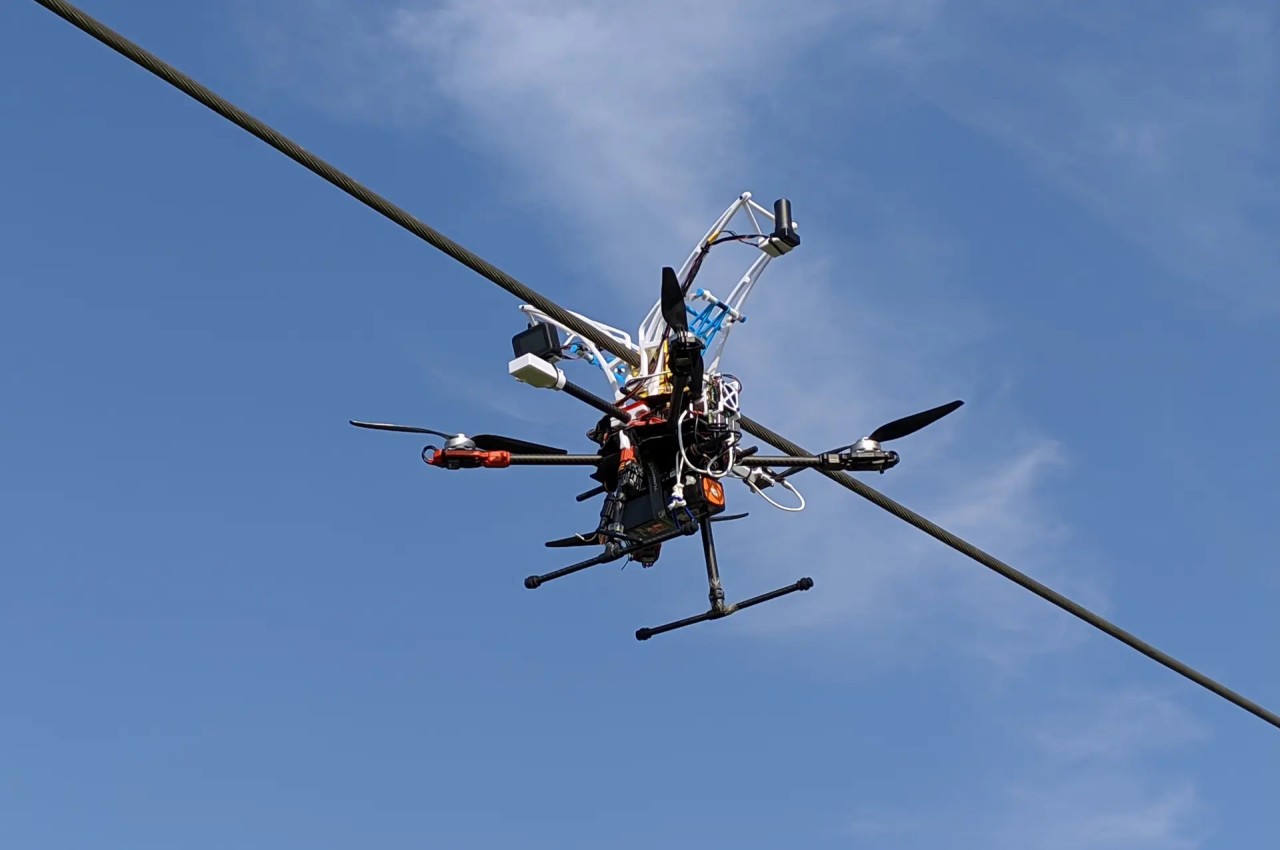
Given our current battery technologies, drones have no choice but to pack light. This means most drones have an operating time of around 1 hour or so, and that’s only if they’re not struggling to keep afloat with a heavy load. This drastically shortens the travel time and distance of drones unless they find a way to charge en route, almost like how a car refuels or charges along its way. That, however, would require creating “charging stations” for these drones, which might not always be possible or even economical.
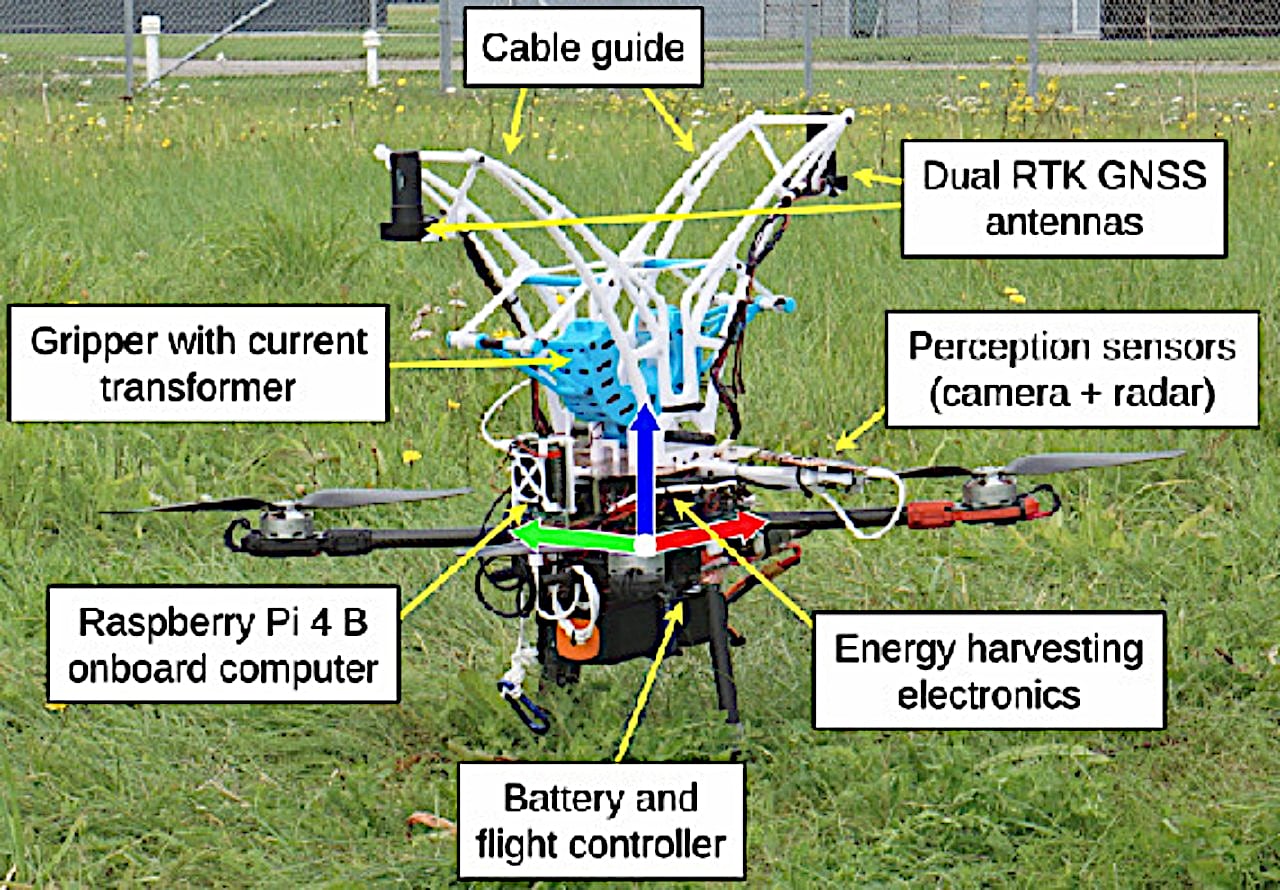
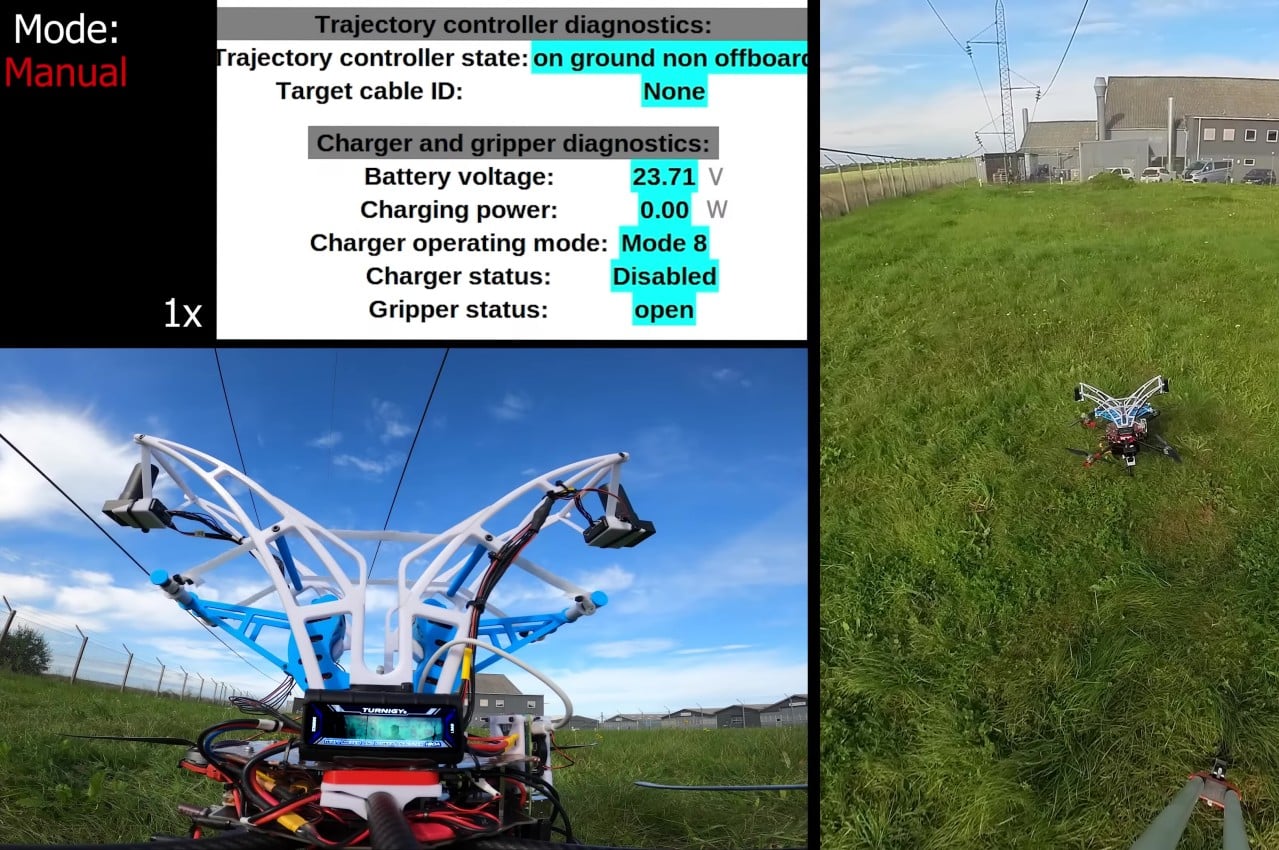
Scientists from the University of Southern Denmark decided to design around a power source that is always there but isn’t solar-powered, which would be too slow and too little for the drone’s use. Instead, the drones clamp onto power lines, the very same thick cables that deliver power from one pole to another. When the drone senses that its battery is too low for comfort, it flies to the nearest power line, flies under a line, and then slowly raises itself until its mechanism grips the line. From there, it uses induction to draw electricity from the line to power that gripping mechanism as well as charge the drone hanging from it.
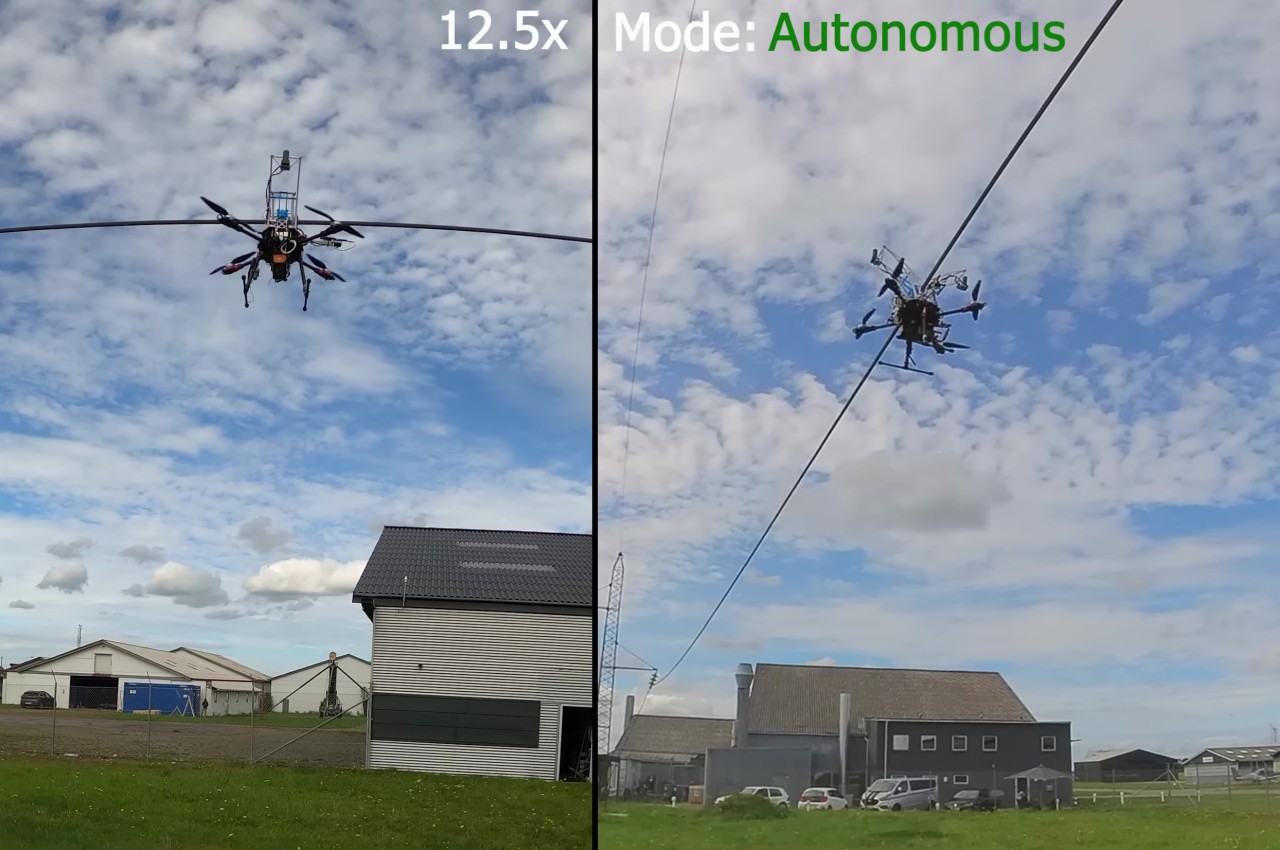
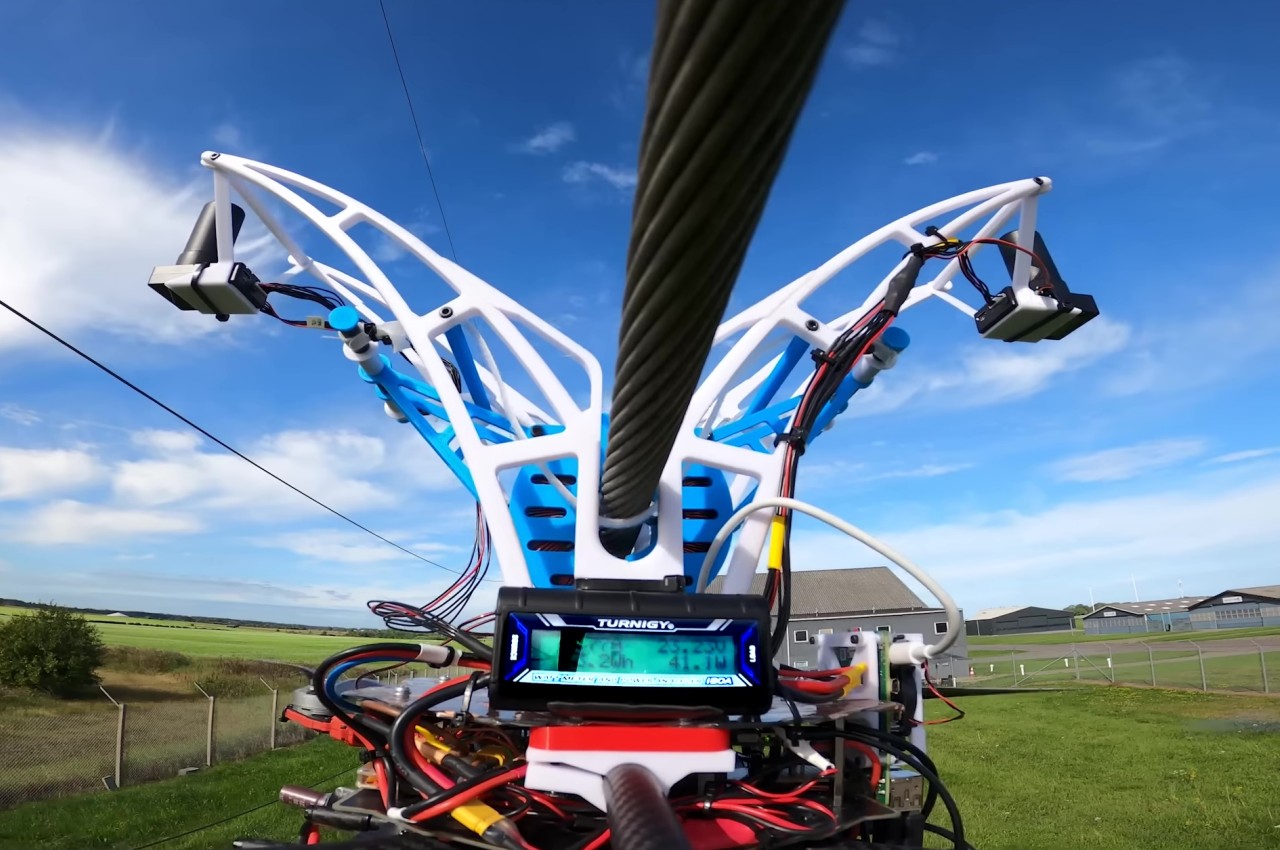
To test this theory, a drone that was used to inspect power lines was outfitted with custom-made sensors and a gripper before being set to its task without human intervention. The drone recharged itself five times using this method, resulting in an impressive two-hour operation. Although the task put the drone within the immediate vicinity of the electrical line that it needed to recharge, it’s not hard to imagine how delivery drones would likewise have access to nearby lines for the same purpose.
Then again, this recharging system might not be the best solution either, at least given the technologies we have today. Fully autonomous drones are still generally considered to be unreliable, so you can only imagine the fear of one of these flying robots meeting an accident on that power line and taking down a whole block’s electricity. Of course, the better solution would be to have public charging stations like those for cars, but we’re still far from being a drone-centric civilization to warrant such infrastructure.
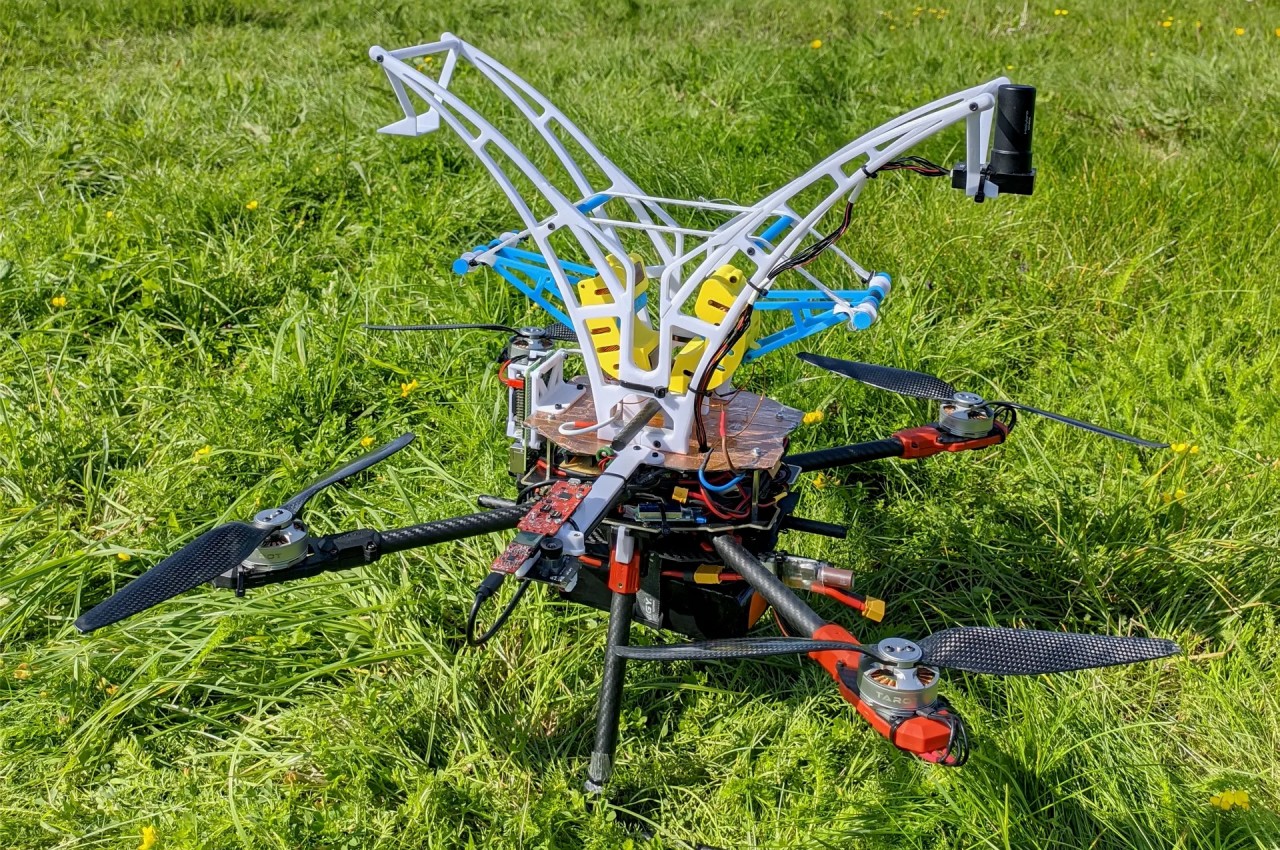
The post Drone quadcopter concept grips power lines to recharge its batteries first appeared on Yanko Design.
1,499 Drones Recreate Gigantic Nutcracker Ballet, Set World Records
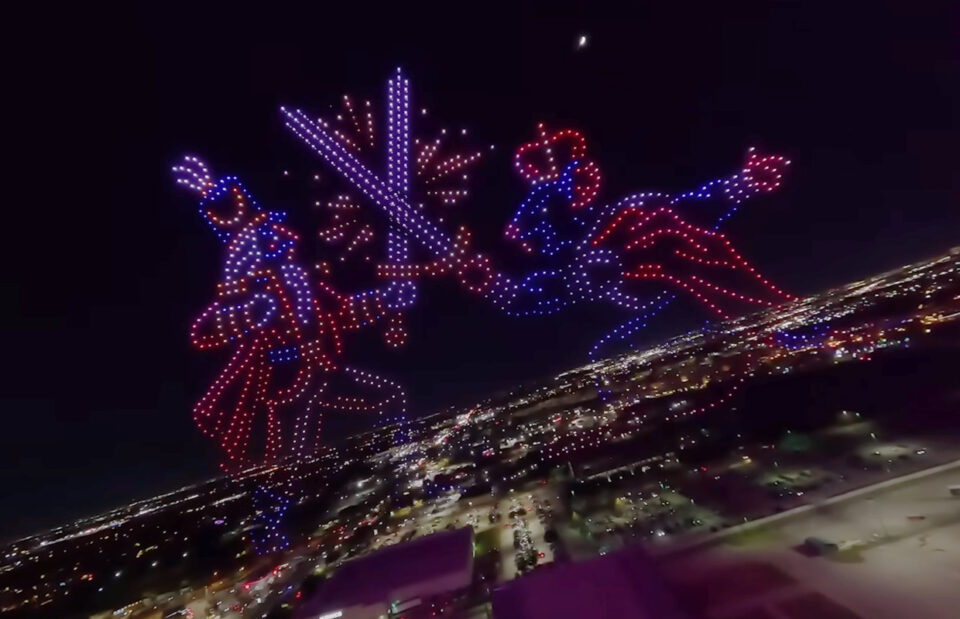
Orchestrated by drone show performance company Sky Elements, a recent recreation of characters from The Nutcracker ballet successfully set two new Guinness World Records. The show used 1,499 choreographed drones flying above the Birdville Fine Arts and Athletic Complex in North Richland Hills, Texas, to achieve the feat, and it must have been a sight to behold in real life. At least there’s a video for those of us who live behind computer screens.
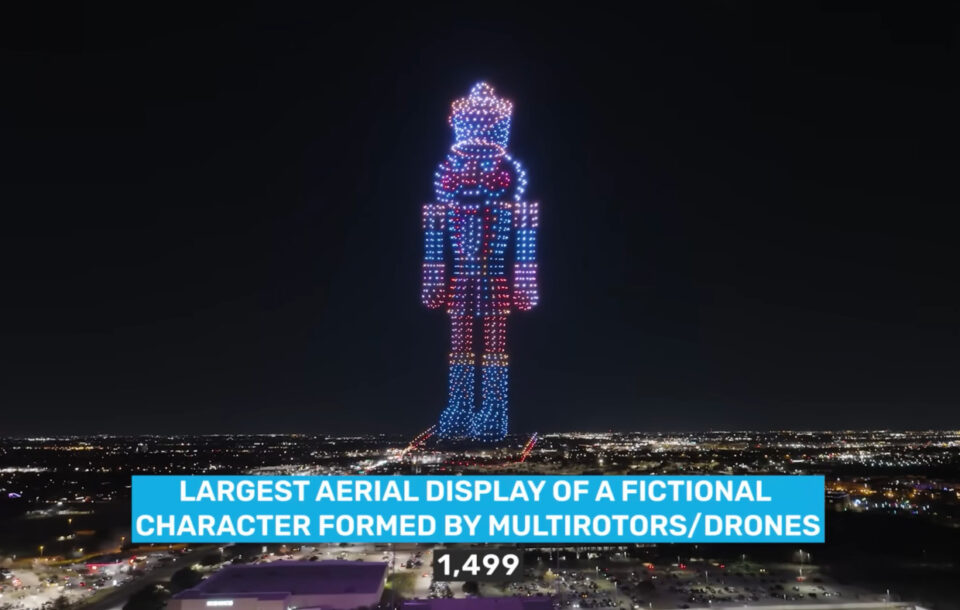
The first record was for the largest aerial display of a fictional character using drones, awarded for a giant Nutcracker stretching 700 feet into the night sky. The second was for the largest aerial image formed by drones, for an absolutely massive picture of a Christmas tree in front of a window with snow falling behind it. Maybe it’s true what they say after all: everything IS bigger in Texas.
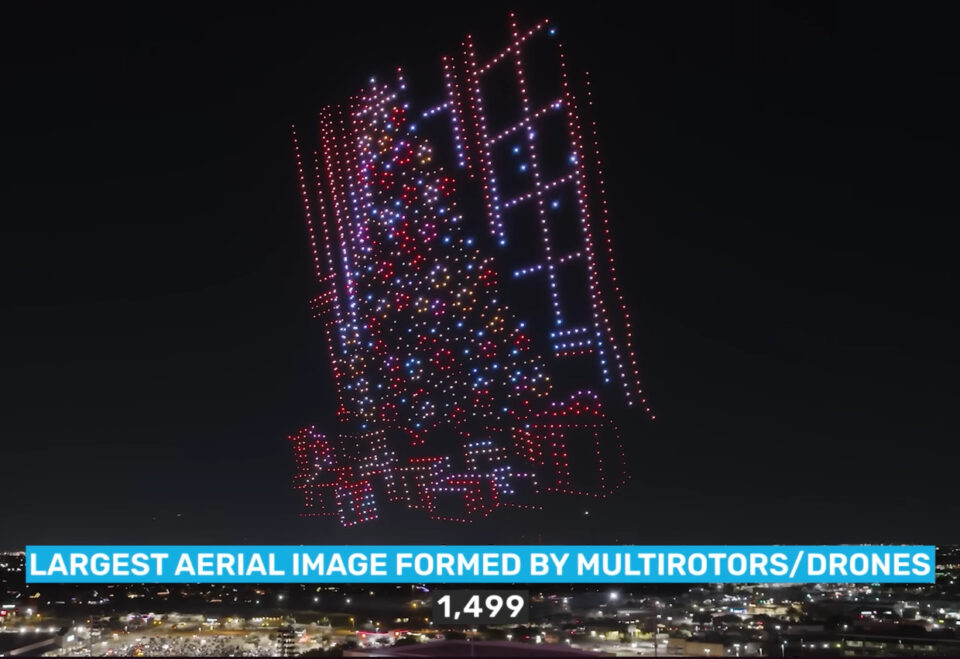
Will the records get beaten in the coming year? Almost certainly. As a matter of fact, if I had an army of drones, I would beat them myself. But I don’t even have a single drone, so their records are probably safe from me, provided 2,000 drones don’t fall off the back of a truck in front of my house.
[via TechEBlog]